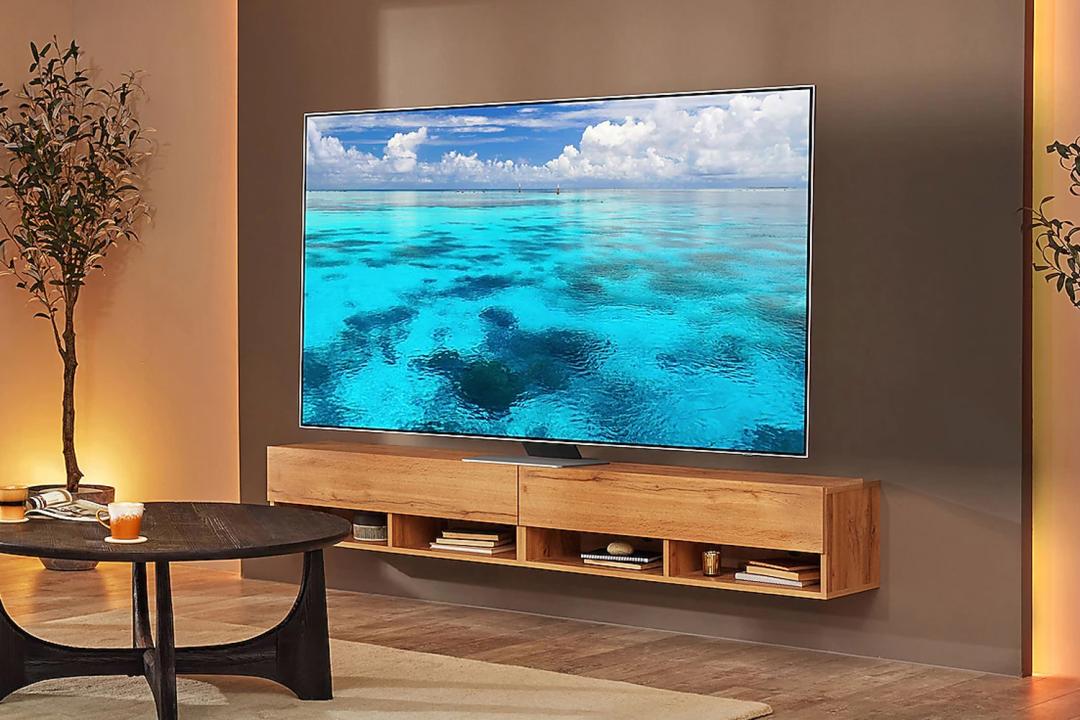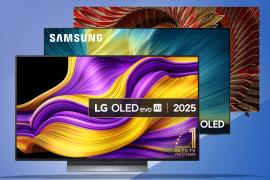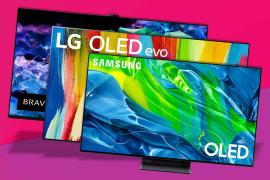4K and 8K TVs are literally more than meets the eye, study says
If you're sat eight feet away from a 2K display your eyes cannot accurately detect additional pixels, a new study has claimed

New research from Cambridge University and Meta Reality Labs has concluded that the extra pixels offered by an average-sized 4K or 8K television set fails to offer discernible benefits to the human eye in average viewing situations
So what you perceive to be a sharper image might simply be a case of what your mind perceives and what marketing tells you, according to the scientists behind the study designed to test the resolution limit of the human eye. But before you go clutching a receipt and a pitchfork and marching to Currys there are a few caveats.
First of all, the study only claims the human eye can’t detect the extra pixels compared to a 2K set – typically a resolution of 2560 pixels horizontally by 1440 pixels vertically. Aka, 1440 or Quad HD. So, breathe a sigh of relief. You can tell the difference between 4K content and the 1080p set you probably upgraded from.
Secondly, well the average-sized set they used for the tests (attached to a cage that slid the display farther and closer away from the human eye) was only 27-inch 4K monitor. The average TV size these days is commonly around double that, so you’ve got a little real estate to pick out those pixels in most cases.
However, be that as it may, the study used the data collected on the pixels per degree the eye can detect in a variety of colour settings had some eye-opening conclusions. The authors said that, when watching a 44-inch display at the advised viewing distance of eight feet from telly to sofa, the 2K set is enough. The study claims that a 4K or even an 8K set doesn’t offer any additional benefits. To actually discern 8K you’d need an 80-inch television and be sat two-metres away.
“At a certain viewing distance, it doesn’t matter how many pixels you add. It’s just, I suppose, wasteful because your eye can’t really detect it,” that’s according to Dr Maliha Ashraf, who is the first author of the study, told the Guardian.
The Cambridge’s Department of Computer Science and Technology has now created a free online calculator where users can discern their personal resolution limit depending on the distance between the viewer and the screen. It might be enlightening next time you purchase a set.
“For consumers, the main implication is that buying a higher-resolution screen does not always mean a better viewing experience,” Ashraf said in a news release. “Beyond a certain point, the eye cannot resolve extra detail. The calculator could help people make informed choices when buying a new device.”
However, resolution is just one factor when buying a new television set. I find really great HDR to be more of a visual upgrade than HD to 4K, for instance. If you’re buying a top quality set, the resolution is going to be baked in regardless. It’s the presence of all of the other features that makes a television great we pay top dollar for.



